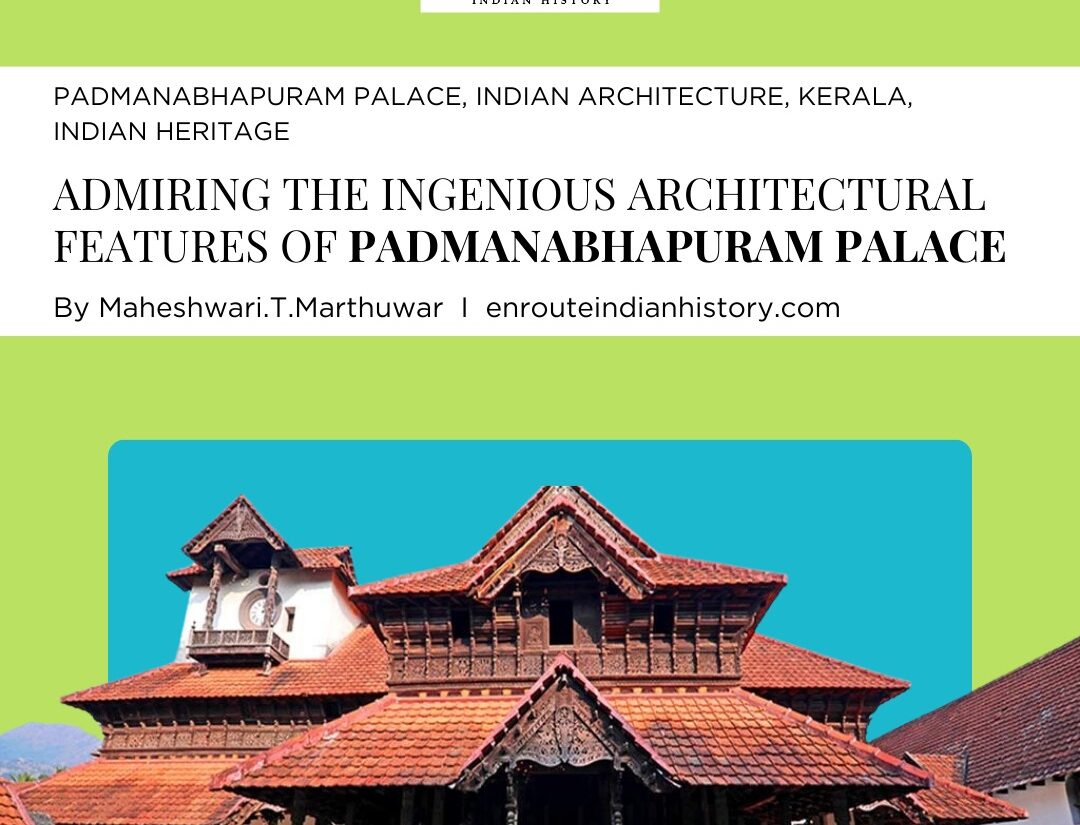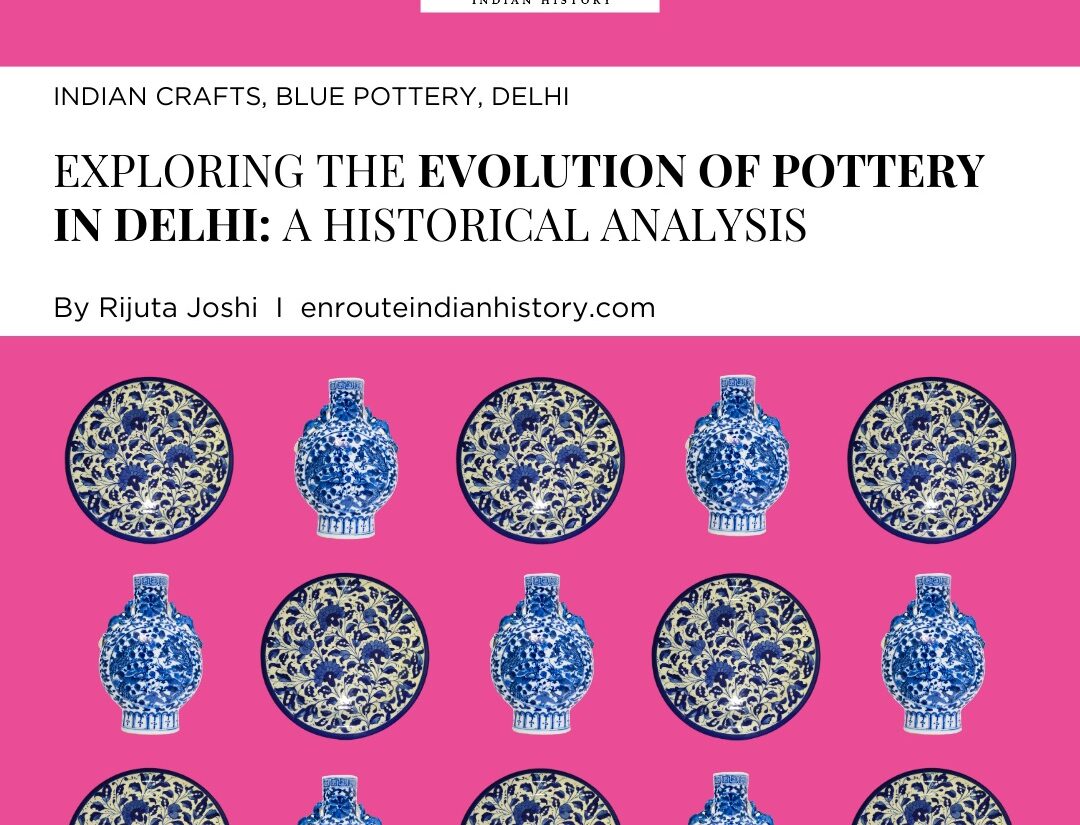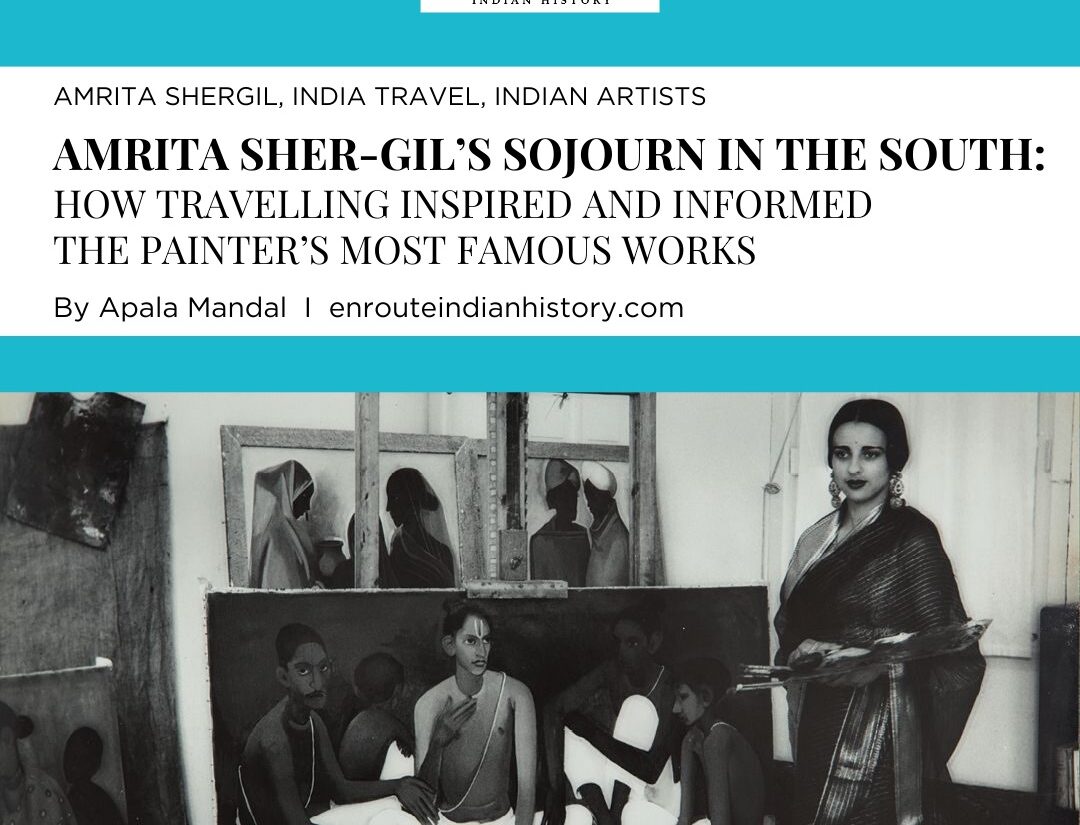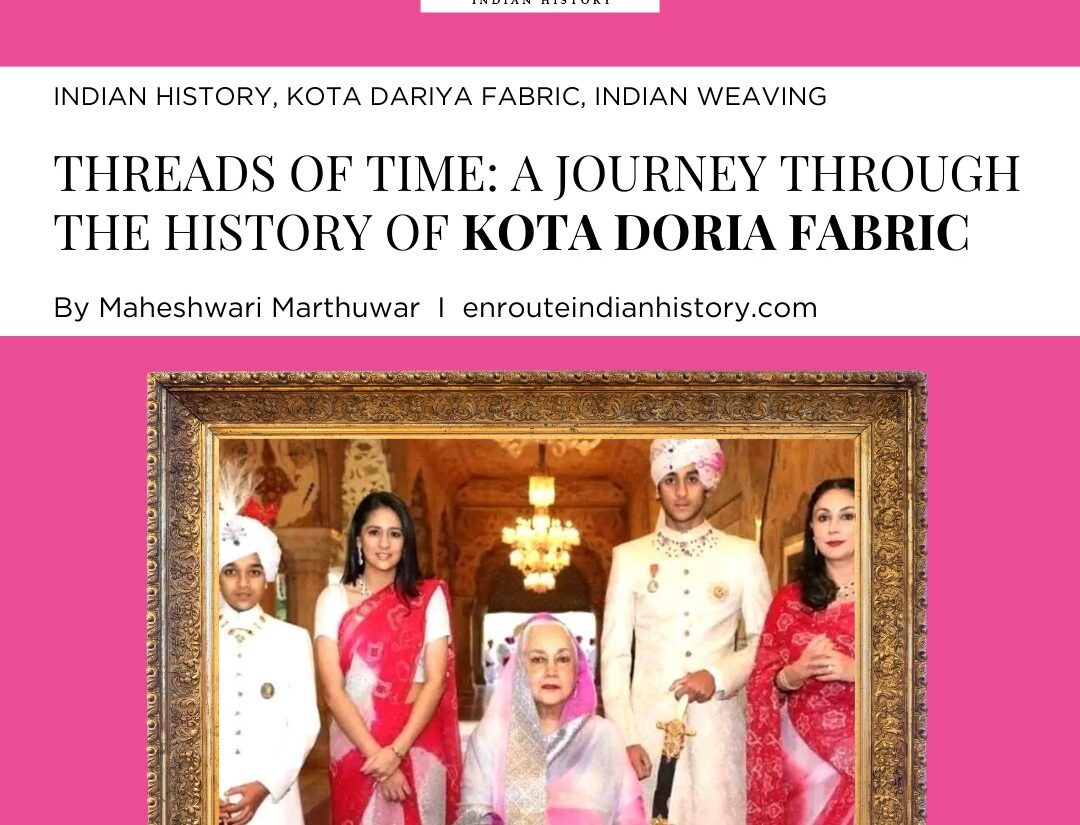
The Mandana Art is the visual folk art of the state of Rajasthan and is regarded as one of the oldest surviving tribal art forms of India. It is a heritage held very dear to them and interestingly survived through the hands of women of the Meena community, who have passed on the skill to their daughters through generations. It is an Indian art that not only involves the usage of mud but also its designs adorn even the humblest mud house in Rajasthan. The role of women as progenitors of this folk art can also be associated with their traditional role as nourishers of their homes and hereby decorating their mud houses with Mandana paintings. The predominance of the art can be found in the region east of the Aravallis comprising the districts of Bharatpur, Bundi, Jaipur, Alwar, Hadoli, Tonk, and Sawai-Madhopur. Though the Mandana designs are famously referred to as the ‘Meena Paintings’, this Indian folk art has also spread to other states, especially Madhya Pradesh, and is practiced by other communities like the Bhils and Shrimali Brahmans. Parallels of Mandana art in different states are Aripana in Bihar, Alpana in West Bengal, and Kolam in most of the South Indian states.

(Source: Canvas Encyclopedia; Two women painting Mandana designs on their mud house)
The word Mandana means to ‘put down’ or ‘decorate’ and is a term used both for the process of making the art as well as the complete painted design. The tribal art ornaments the walls and floors of the mud houses and sometimes on Chulhas as well. However, in Madhya Pradesh, the paintings are restricted to the floors only. Its close association with mud reflects how paintings and art do not necessarily have to be an ‘elite phenomenon’ and can also be practiced by communities and tribes in regions who do not necessarily have the leisure to engage in other activities. As Dr. Mulk Raj Anand states that creating these art forms provides these rural women a rewarding break from a routine continuum. Different Mandana paintings are drawn for different occasions such as Diwali, Holi, Govardhan puja, marriage, and childbirth. The Mandanas are painted as part of a tradition which apart from being decorative are also considered as the symbol of auspiciousness and to ward off evil.

(Source: IOSR Journal; The use of Geru mitti and Khadiya or Khariya mitti in Mandana)
The materials used by the women to make a Mandana painting are all sourced from nature. The color scheme remains predominantly Geru mitti i.e. red and Khadiya or Khariya mitti i.e. white, primarily because of its easy availability in the environment. While white is made by the use of chalk, lime, or white clay. The Red color is obtained by mixing cow dung, yellow mud, or Peeli Mitti and Geru or Himrich. The women artists of the Tribal art consider white to be a color of purity, while red on the other hand depicts fertility. Mandana designs are put down on the floor using the Index finger and thumb. Drawing a large number of them on rough muddy surfaces with freshly prepared lime often causes painful fissures on the hands of women. Some use twigs of date palm as a brush sometimes which is crushed at the top by using a stone. The procedure begins by first preparing the ground or base for the paintings which is called Gaar-Lagana. It involves leveling the surface with cow dung, rati– a form of clay, red ochre, and water. This is followed by Leepna which can be translated as plastering, and then the final process of Potana which involves a uniform under paint of the red muddy surface so that a canvas is provided for the Mandana painting as it shines out from its background.
The skill to perfect a Mandana painting demands geometrical accuracy and precision which comes naturally to the rural women who decorate their Angans with its designs. Since Mandana is folk art, it is more like an act of ritual where individuality in design is most often than not expected. Designs on walls are motifs representing animated subjects while the floor designs are more geometric patterns. A traditional Mandana painting begins with a central design of a six-pointed star made of two triangles, one facing up and the other downwards. Painted in red ochre or Lal Mitti, this design is considered to depict the universal symbol of male and female elements. The central design is followed by patterns of freely made lines and dots known as Bharat and Chiran. The traditional geometric Mandana designs of Rajasthan have been argued to have close similarities with the geometrical motifs of chalcolithic pottery. Floor and wall Mandanas have a unique feature of intricate hatching of varying thickness and styles which fills spaces between the outline.
Unlike the design, the motifs of the Mandana paintings are frequently experimented with, and new motifs from the daily experiences of the artists are incorporated. This includes the topography and surrounding flora and fauna of the Ranthambore near the hilly region of Sawai Madhopur which influences the motifs of the Mandana tribal art. The motifs are not narratives but represent a character caught in action. The festival of Holi has the most unique motifs, these include eight points in a rectangular shape with coconuts on the outer four corners of the shape. The most prominent motif on the wall Mandanas is the peacock, in ‘Meena paintings’ approximately one hundred fifty designs of peacocks can be noticed. Usually found on the exterior or the boundary mud wall it is famously referred to as the Mordya motif. Along with it, the eight or four-petalled lotus occurs frequently in the Mandana designs, it is often drawn by an unmarried woman as a ritualistic way to pray for a husband.

(Source: Creative world; The peacock motif in Mandana paintings)
Another most common and auspicious motif in the Mandana paintings is of Paglya, considered to be the feet of Lakshmi, it is a preferred design over the Charanas of Vishnu in Rajasthan. It is mostly drawn on the threshold or entrance of the mud house rhythmically, one leg leading to the other, depicting Lakshmi making her way to the house. A chariot is also depicted among the motifs represented in the shape of a square with triangles and points, it is only made on no-moon night or Amavasya. The Mandanas made near the hearth or Chulha often include a Swastik motif which symbolizes auspiciousness. Some peculiar motifs like thorny plants as well as cacti also find a place in the Mandana Paintings as they symbolize a spiritual barrier averting the entry of an evil spirit. Other famous Mandanas include ‘Tapki ki Mandana’ and ‘Mandanas with Jali Pattern’.

(Source: IOSR Journal; Mandana designs on a Chulha or hearth)
While the Meena community may have been the torchbearers of this tribal art, the Mandana art has over time been practiced by other communities of Rajasthan as well. Most prominent among them are the tribe of Sahariyas, who also paint their mud house’s walls and floors with Mandana paintings. The Mandana designs of the Sahariyas represent both the Sacred and the Secular scenario of their living. Along with the Khariya mitti and Geru mitti, their paintings also include other colors as well which include black and grey made out of Kali Mitti or Charcoal. The motifs depict their traditional tribal dance of Swang, which is performed usually during Holi along with their snake god – Tejaji Maharaj. The Sahariya Mandana paintings also depict Gotrej, painting on the focal theme of clan deities. Jyoti Bhatt, a researcher who visited a village in Rajasthan, was told by a woman that “It does not matter whether a son remains kuwara (unmarried), but an Angana (courtyard) must never be left kora (blank)”
The importance of a Mandana painting in a Kaccha makaan of Rajasthan can be understood from the fact that not having a Mandana on special occasions is considered a bad omen. For Women in villages of Rajasthan, it is their prayer and worship as they invite Lakshmi through their art. The customary belief goes that no widow can initiate a traditional Mandana design but can complete one started by a Sawbhagyawati i.e. a married woman. A Mandana once initiated cannot be left unfinished and one should not make a Mandana painting at night. Also, the Mandanas made at the entrance or threshold are unique in the way that none of their design or motif is repeated in the entire house.
However with the Mitti-ke-Makaan slowly giving way to concrete buildings, the traditional tribal art of Mandana is slowly fading away. Indian art which uses mitti and natural pigments to adorn the earth and the mud walls of many homes is struggling to keep pace with urbanization. As a result, the ritual of Painting a Mandana on a mud wall with mitti has given way to paperboards and oil paints. Among the artists who have done painstaking attempts at preserving this ancient tribal art are Koshilya Devi and Vidya Devi. While Koshilya Devi, hailing from Baran, Rajasthan documents Mandana painting on hardboard, she has also pioneered forty new designs such as Tailghani, Tawaya etc. On the other hand, Vidya Devi from Bhilwara creates a Mandana painting daily to preserve Indian folk art. The Indian art of Mandana today requires recognition and support from admirers and artists all over the world. Otherwise, this ancient art would disappear like the mud houses it was once painted on.

(Source: Hindustan Times; Koshilya Devi painting Mandana on a hardboard using oil paints)
REFERENCES:
Huyler, Stephen. Painted Prayers: women’s art in Village India 1st ed., Rizzoli International Publications, 1994.
Suhag, Nidhi and Sharma, Neeraj.“Analysis of Mandana: Folk Art of Rajasthan”. IOSR Journal Of Humanities And Social Science, vol 26, no. 12th ed., 2021. pp. 39-43.
Bagchi, Tilak, and Pritish Chaudhuri. “TRIBAL PAINTINGS OF RAJASTHAN: A MICRO-STUDY OF CONTINUITY AND CHANGE”. Man In India, vol 95, no. 3rd ed., pp. 463-48.
Nath, Dr. Pinak Pani and Shanti. “AESTHETICS AND VISUAL CONNOTATIONS OF RAJASTHANI FOLK ARTS: A CRITICAL STUDY”. ShodhKosh: Journal of Visual and Performing Arts, vol 4, no. 1st ed., 2023. pp. 120–131.
- April 18, 2024
- 22 Min Read
- April 18, 2024
- 8 Min Read
- April 3, 2024
- 16 Min Read























